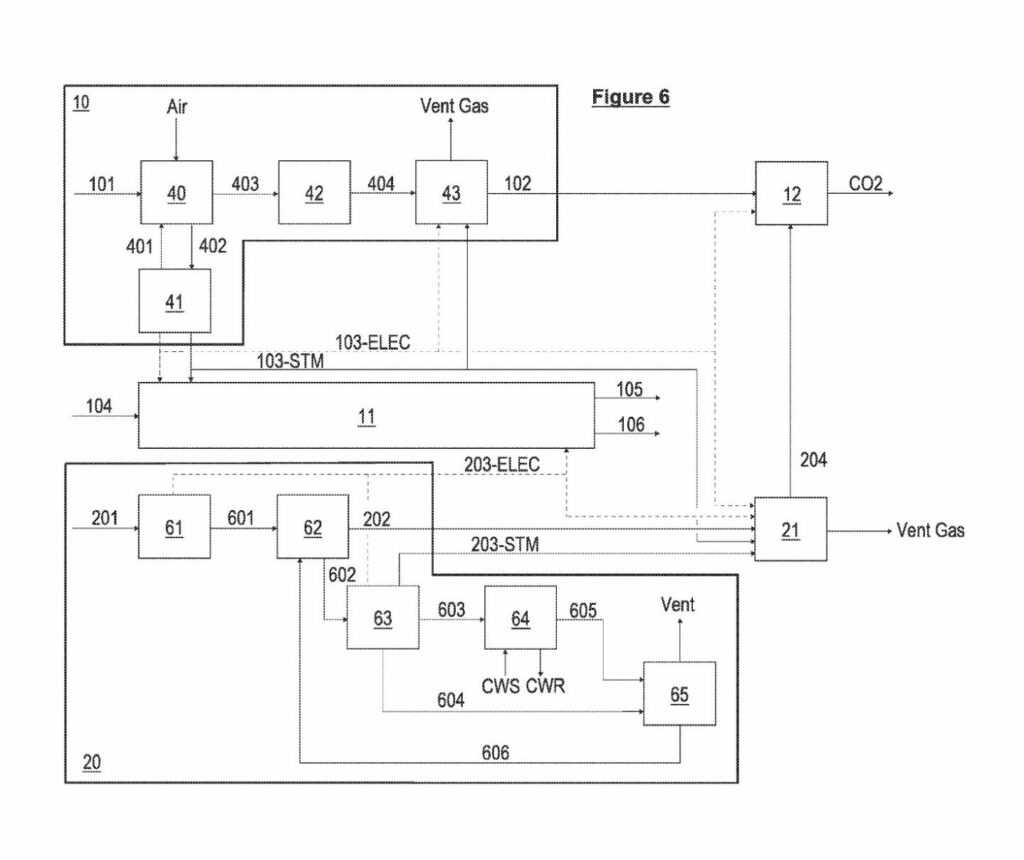In recent years, the quest for clean energy solutions has become more pressing as the world seeks to reduce its carbon footprint. This patent, filed by Kraken Technology Holdings, LLC, presents a groundbreaking method for producing hydrogen with a carbon intensity of less than 0.45 kg CO2e per kg of hydrogen. Filed on March 27, 2025, this patent outlines a sophisticated process that could pave the way for more sustainable hydrogen production.
Core Process: Electrolysis and Biomass Energy
The electrolysis process is at the heart of this innovative approach, which decomposes water into oxygen and hydrogen. What makes this patent unique is its reliance on a biomass power plant as a source of energy for electrolysis. The patent specifies that at least some, if not all, of the energy required for the electrolysis process is to be sourced from the biomass power plant. This energy is critical for maintaining the sustainability and low-carbon goals of the method.
Utilization of Biomass Energy
The patent details several forms of energy that can be produced by the biomass power plant and utilized in the electrolysis process. This includes electricity, steam used as process steam, steam as thermal energy, and steam to power mechanical drives for compressors, pumps, or other motors. The flexibility in the type of energy used underscores the adaptability of this method to different operational conditions and requirements.
Carbon Capture Integration
A pivotal aspect of this method is the incorporation of a carbon capture unit to minimize CO2 emissions. The flue gas streams generated by the biomass power plant are processed within this unit, significantly reducing the carbon footprint of the entire operation. This integration highlights the method’s commitment to sustainability, positioning it as a forward-thinking solution for cleaner hydrogen production.
Though this patent represents a significant step forward in low-carbon hydrogen production, it is essential to view it as part of a broader effort to mitigate climate change. While its technological contributions are meaningful, the widespread adoption and scalability of this method will determine its ultimate impact. As industries and governments alike push for greener energy, innovations like this offer a promising direction for future developments.





